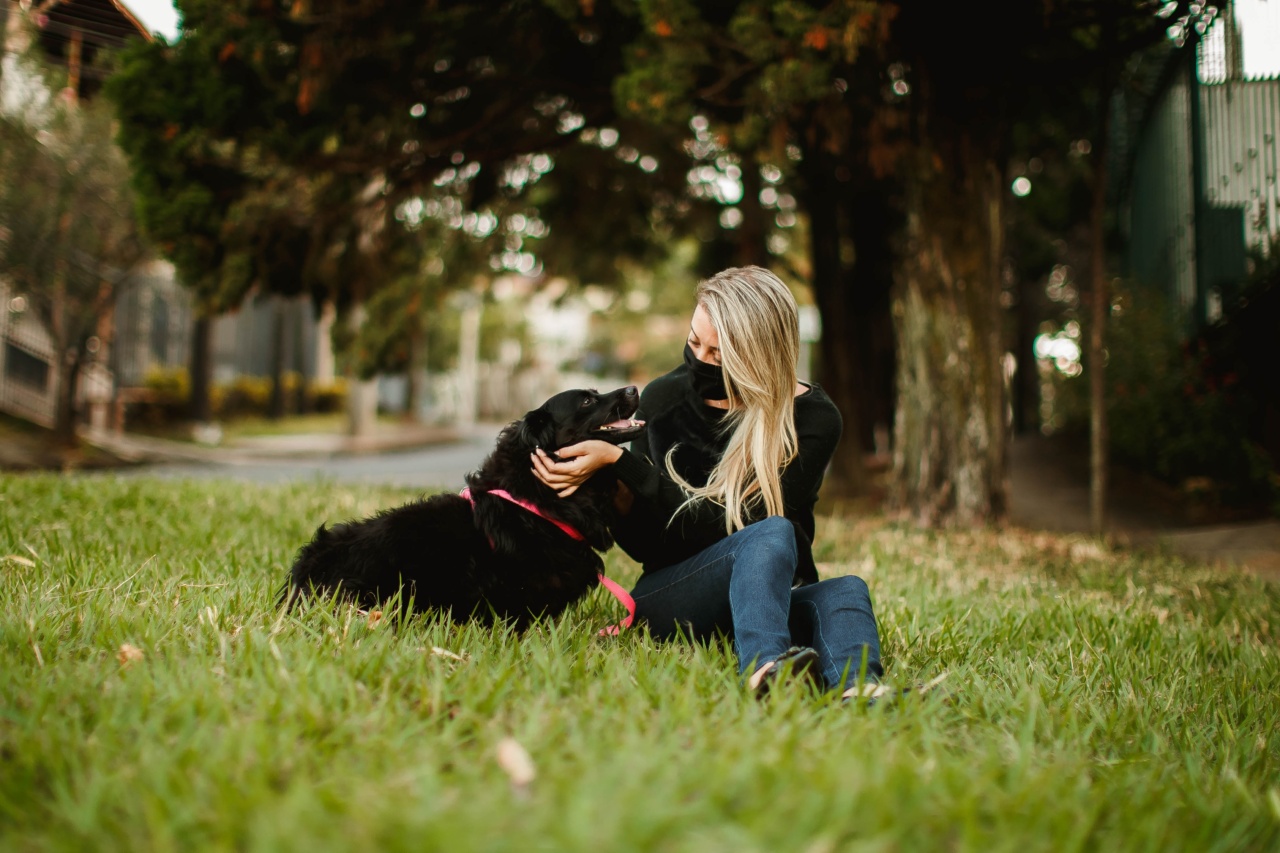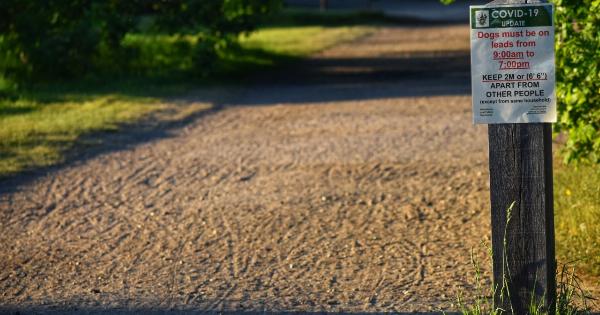Dogs are social animals and love to spend time with other dogs. However, as a pet owner, you must ensure your dog’s safety is a top priority.
You never know how other dogs will react to your pet, so it’s important to learn how to protect your pet when interacting with other dogs.
1. Always Monitor Your Dog
Never leave your dog unattended when they’re interacting with other dogs. Keep an eye on their behavior to ensure they’re not becoming overwhelmed or uncomfortable in the situation.
If your dog seems nervous, agitated or frightened, it’s time to remove them from the situation immediately.
2. Understand Your Dog’s Body Language
Dogs communicate through body language and understanding it can help you identify when your dog is feeling comfortable or threatened. Watch for signs like growling, barking, raised hackles, and flattened ears.
If any of these behaviors occur, it’s important to intervene and remove your pet from the situation.
3. Socialize Your Dog
Dogs that are well-socialized are generally more confident and better behaved when interacting with other dogs. Begin socializing your dog when they’re young and gradually introduce them to other dogs in a controlled environment.
This can help prevent fear-based aggression and other behavioral issues later on in life.
4. Keep Your Dog on a Leash
Dogs should always be kept on a leash when interacting with other dogs. This allows you to have control over your pet and intervene if necessary.
Keep a close eye on your dog’s behavior and intervene if they’re showing signs of aggression or discomfort.
5. Don’t Force Interactions
Forcing your dog to interact with other dogs can be stressful and overwhelming for both pets. If your dog is shy or nervous, give them time to get comfortable before introducing them to new dogs.
Respect your dog’s boundaries and only introduce them to other dogs if they’re comfortable and willing to do so.
6. Choose Playmates Carefully
Not all dogs get along with each other, so it’s important to choose playmates for your pet carefully. Consider your dog’s age, size, and activity level when choosing a playmate.
Introduce them in a neutral setting, such as a park or backyard, and supervise their interactions closely to ensure they’re playing well together.
7. Avoid Busy Dog Parks
Busy dog parks can be overwhelming and stressful for dogs, especially those that are shy or nervous around other dogs. Opt for quieter parks where your dog can play and socialize in a more relaxed environment.
8. Provide a Safe Space
Every dog should have a safe space where they can retreat when feeling overwhelmed or uncomfortable. This can be a crate, bed, or designated area of the house where they can go to rest and relax.
By providing a safe space, you’re giving your dog the opportunity to take control of their environment and reduce anxiety levels.
9. Train Your Dog
Training your dog to be obedient and follow basic commands can help prevent unsafe interactions with other dogs. Teach them basic commands like sit, stay, and come, which can be used to control their behavior and remove them from unsafe situations.
10. Know When to Seek Professional Help
If your dog is displaying aggressive behavior or is prone to anxiety around other dogs, it’s important to seek professional help.
A professional dog trainer or behaviorist can help identify the root cause of the behavior and create a training plan that can reduce or eliminate the behavior.





























